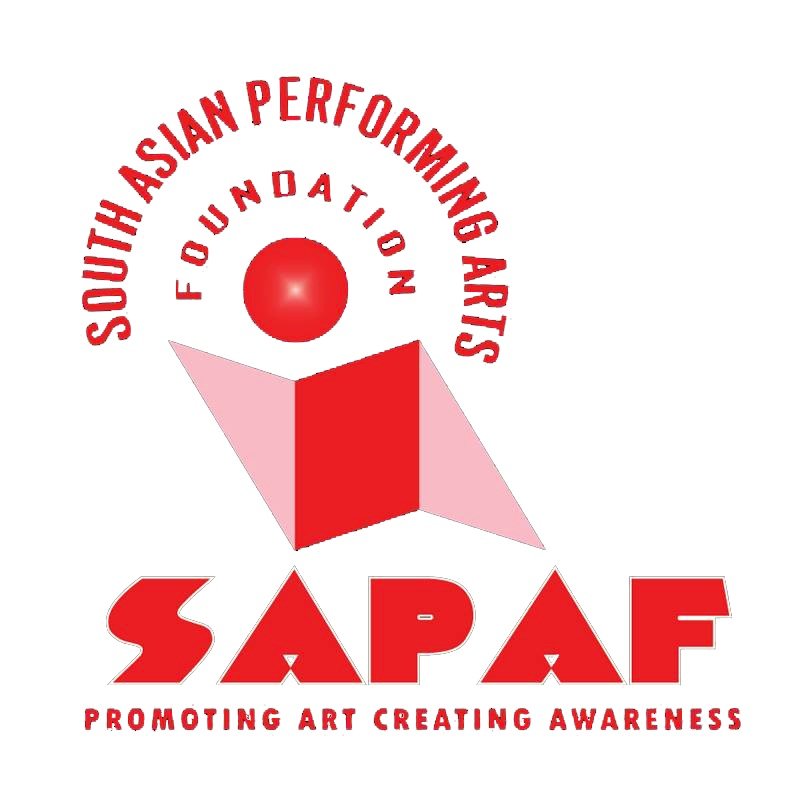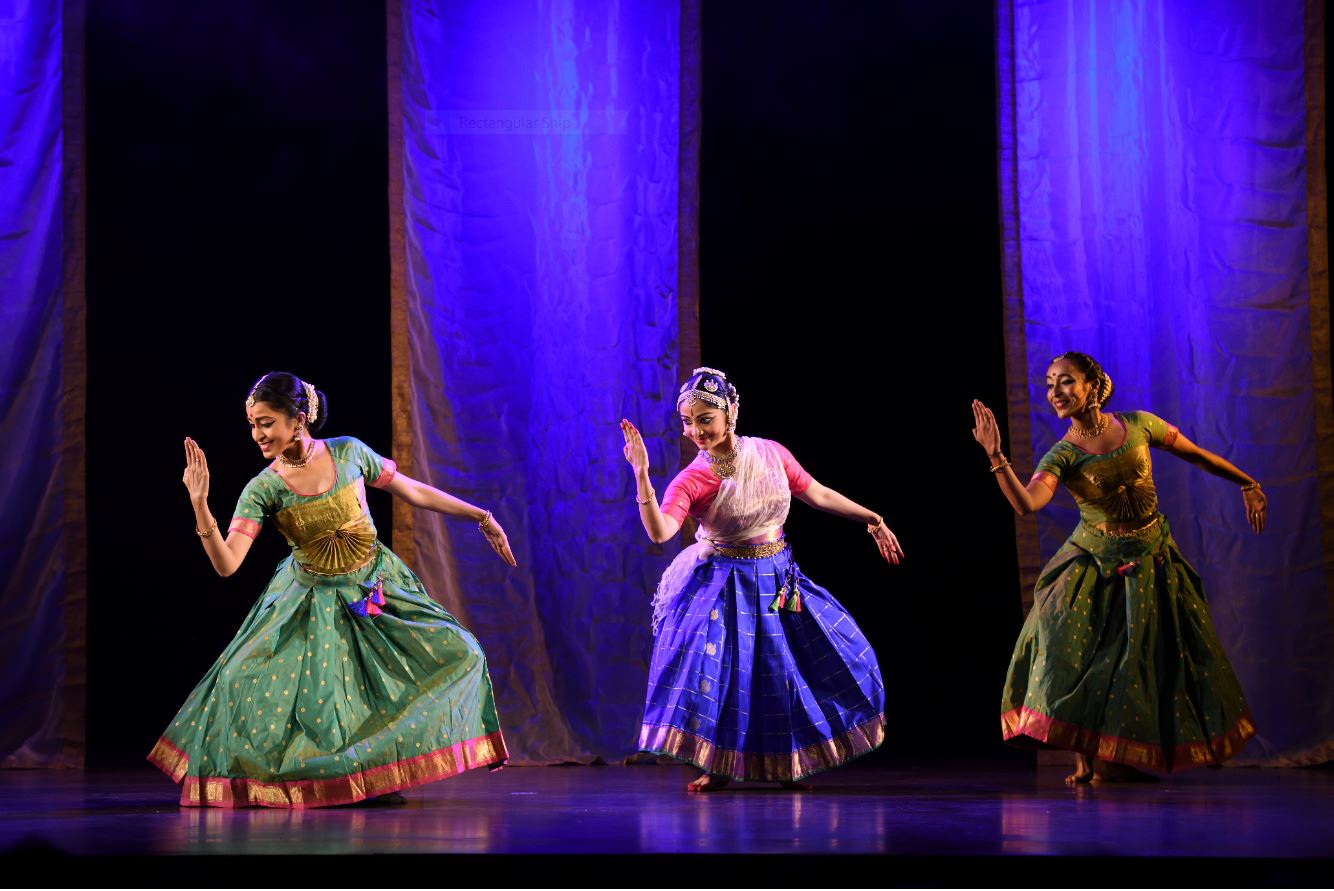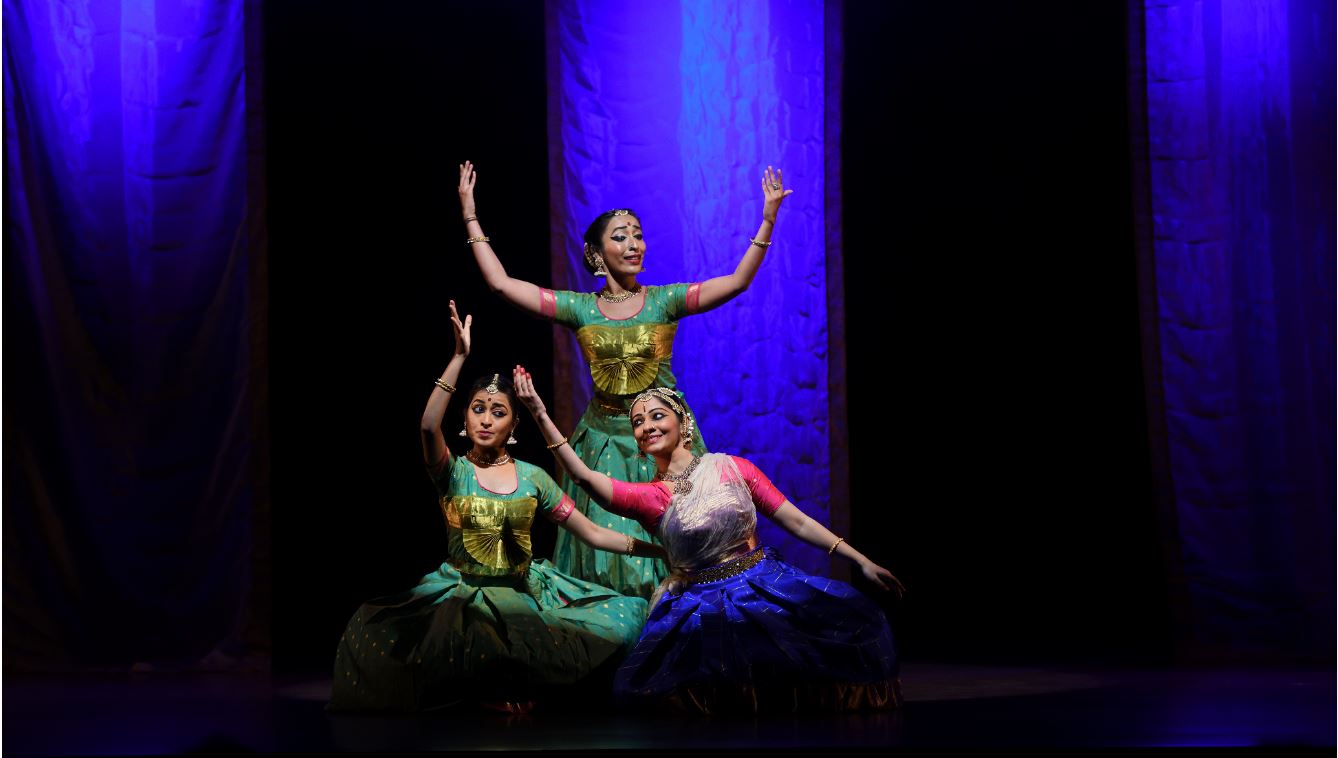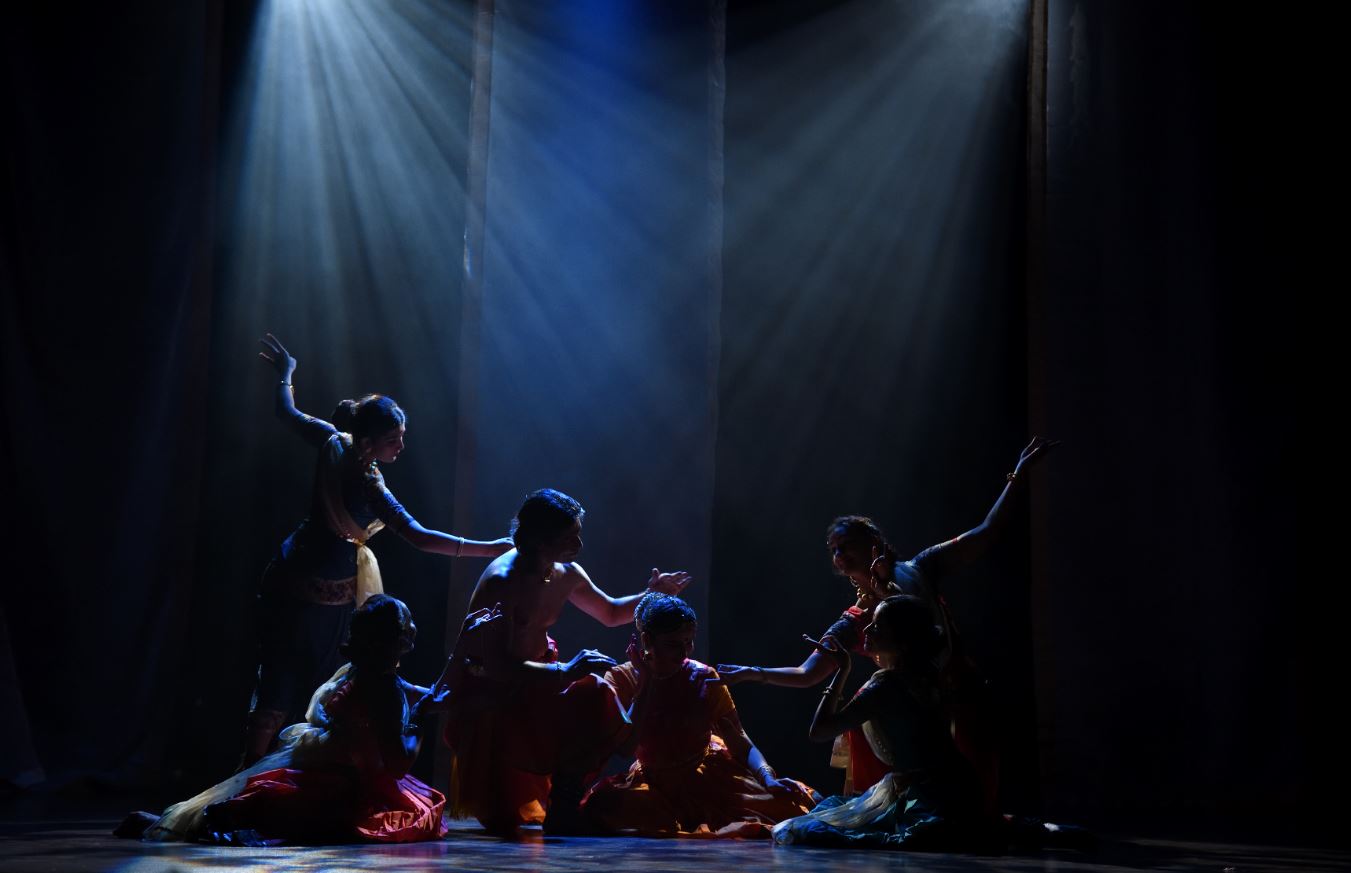PERFORMANCE BY : SHIJITH N PARVATHY DANCE TROUPE
ENSEMBLE CAST: SHIJITH NAMBIAR,
PARVATHY MENON,
P.T. NARENDRAN,
BHAGYALAKSHMI SIVARAMAKRISHNAN,
PREETHI BHARADWAJ,
MEERA SREENARAYANAN,
ASHWATHI P.G
MUSIC: SR. RAJKUMAR BHARATHI
CONCEPT & CHOREOGRAPHY: SHIJITH NAMBIAR AND PARVATHY MENON
STAGE & LIGHTS DIRECTOR: VICTOR PAULRAJ
Dark and Light; Day and Night; Good and Bad; Positive and Negative; Craving and Aversion; Union and Separation; Yin and Yang; Shiva and Shakti. The concept of polar opposites, as a philosophical cornerstone,resonates across many cultures. It often defines the boundaries against which emotions, virtues, character, and, indeed, life itself, is viewed and understood. This is the primeval concept which is portrayed through this production, using the sentiment of Shringara, or love, as the medium.
Shringara has multiple aspects: Ayoga Shringara or the aching, longing aspect of love caused by privation; Viprayoga Shringara or the sentiment of separation in love; and Sambhoga Shringara or the Union.
In Samyoga– Sublime love, the dancers have drawn their material from three great epics in three Indian languages: the Rukmini Kalyanam canto from the Bhagavatham in Telugu, the Kamba Ramayanam in Tamil, and the Kumarasambhavam in Sanskrit. In each of these three pieces, the sentimentof Shringara in its many forms, is highlighted through the characters and personalities of three divine couples: Rukmini and Krishna, Sita and Rama,and Parvathy and Shiva, respectively
Part 1. Rukmini Kalyanam
Young Rukmini, the daughter of King Bhishmaka of Vidharba, falls deeply in love with Shri Krishna on listening to accounts of His many exploits. Knowing that her brother, Rukmi, opposes the match, she decides to write a letter to Krishna, which she has delivered through a brahmin. Reading the letter that the brahmin delivers to Him, Krishna comes to know that Rukmini is being forced to marry the evil Shishupala. He decides to intervene. Arriving in Vidharba on His chariot, even as Rukmini is busy performing a Gauri Pooja, Krishna liberates her.
The verses for this piece are taken from the Rukmini Kalyanam canto from the Bhagavatham written in Telugu by Pothana.
Part 2. Kamba Ramayanam
Traditionally, Sita and Rama are viewed as the ideal couple, who share a deep, abiding bond based on affection, love and a clear understanding of a couple’s shared destiny. Ramayanam abounds with numerous episodes which portray the tenderness of sentiment between Shri Rama and Sita. Here, we highlight them through: their joyous arrival by chariot in Ayodhya as newly-weds, their poignant conversation when Rama decides to leave for the forest, scenes of the couple enjoying their time in the forest, Rama and Sita's lamentation on their separation following Sita's abduction, followed by Sita's agni pravesham or trial by fire. This section closes with Sita's entry into the sacred fire.
The verses for this piece are taken from the version of Ramayanam written in Tamil by the poet Kambar.
Part 3. Kumara Sambhavam
Among the core principles of Hindu philosophy, the idea of Shiva and Shakti, or the Man and Woman, as two complementary – and essential – parts of a whole, is among the most ancient. The physical symbolism of this divine couple extends and illustrates this deeper core idea. This we witness through: Parvathy's penance as she is surrounded by the sacred fire in her attempt to gain Shiva's hand and Shiva testing her love in the guise of a brahmin, followed by their marriage and physical union.
The verses for this piece are taken from Kalidasa's immortal Sanskrit work Kumarasambhavam.
Ardhanarishvara, the most literal depiction of Shiva and Shakti, or The Perfect Man and The Perfect Woman. The concept embodies the physical symbolism of the Greater Unity; the coming together of the opposites to create a whole that is much bigger than the constituent parts. The coming together of light and dark to create the day. The coming together of the right and the left to bring about balance. The coming together of the Man and the Woman, for the continuance of the Soul. Samyoga, The Sublime Union.



